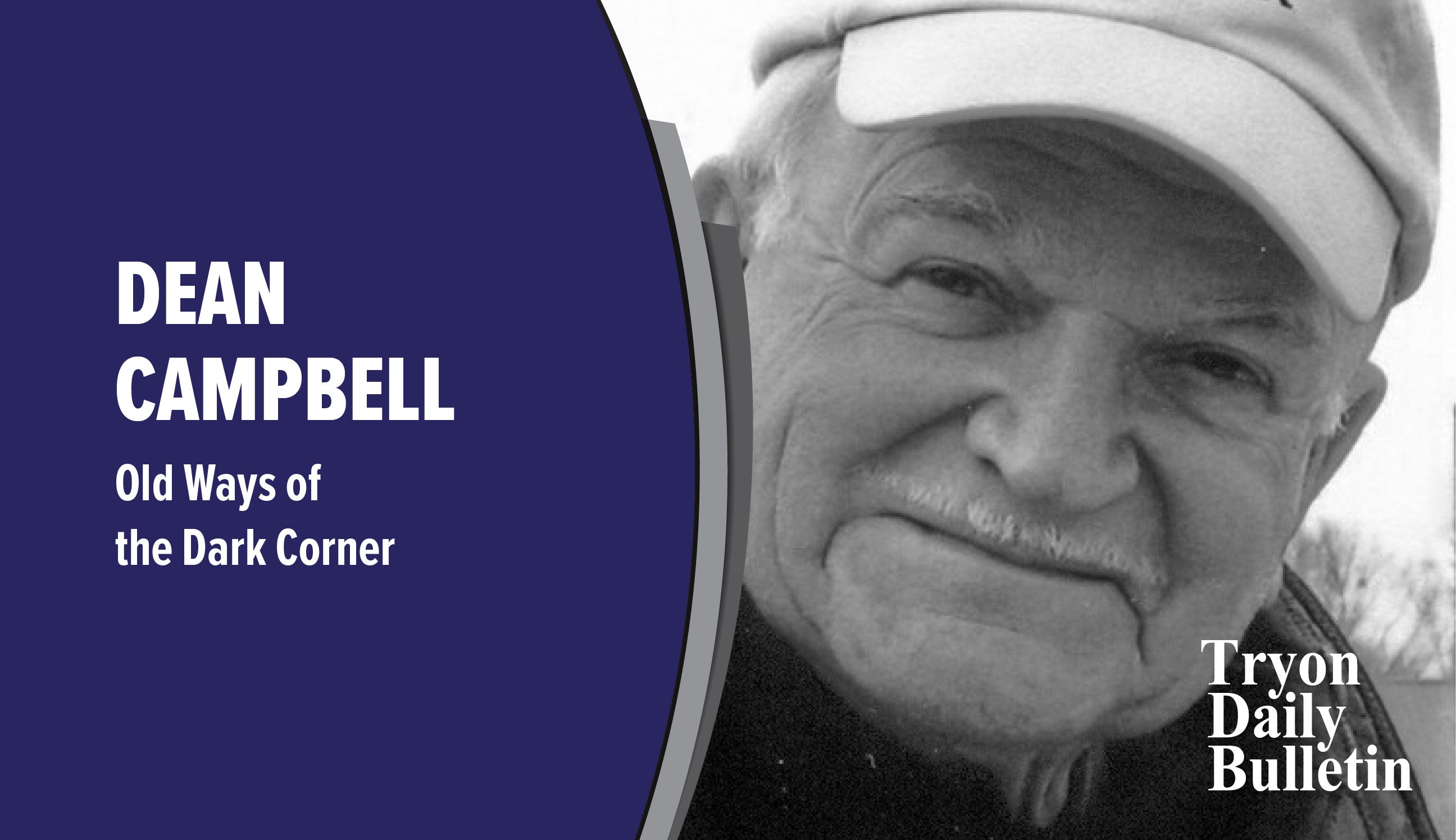George Washington Carver led the way with the peanut
Published 10:46 am Thursday, May 5, 2022
|
Getting your Trinity Audio player ready...
|
Tuskegee scientist, Dr. George Washington Carver (the University of Rochester gave him an honorary Doctorate of Science in 1941), was responsible for developing over 300 products from the humble peanut.
These ranged from axle grease to nitroglycerin, charcoal to rubber, face powder to shampoo, and hundreds of other workaday products in between.
When folks in Dark Corner made their homemade peanut butter before the invention of electric food blenders and processors, they had to employ their cast iron skillets and a lot of elbow action with mortars and pestles to produce the creamy concoction that was so taste-pleasing and helpful in an astonishing variety of everyday uses.
Homemade peanut butter wasn’t a quick or easy project. The peanuts had to be harvested, de-shelled and roasted to a deep, golden brown in a cast-iron skillet. When cooled enough to handle, the roasted nuts were skinned, sorted and placed into a hard surface bowl to be pulverized by an equally hard pounding tool, called a pestle.
While a few folks used bowls and pestles made from hard, tight-grained wood, the best ones were made from the ubiquitous granite of the hills, just like the Cherokees before them.
The bowl was deep enough to contain the paste made by pulverizing while the pestle’s bottom was broad enough to pulverize, otherwise it would just push the peanuts around inside the bowl.
Also, the pestle had to be long enough to ensure that the knuckles did not scrape the edge of the mortar while pulverizing.
Before first use, the granite bowl had to be seasoned, much like a cast-iron skillet, except no heat was involved. Seasoning helped to remove any stone or grit particles from the porous surface to make sure they did not get into the food.
Seasoning the bowl was most often done by grinding white rice into a powder, and then grinding garlic cloves with a mix of seasoning such as salt, pepper, cumin or coriander with it, pounding all the ingredients in the bowl, and then thoroughly removing them.
The creamy, well-mixed peanut butter was eaten as a spread or mixed in recipes to replace regular bovine butter. Sometimes, a sweeter version was made by adding honey and a little warm water to it.
The palette-pleasing aspect of homemade peanut butter made it a family favorite (although today many family members have developed a peanut allergy), but employing it, as Dr. Carver did, in regular household uses made it indispensable.
Among the very best and most popular uses was the applying of a little peanut butter to a soft cloth and polishing leather and wooden items. In later years, folks found that newer vinyl products could be polished just as well.
Beardless men who shaved often found that a thin layer of it was gentler to the skin than a thick layer of lather from homemade lye soap.
When a child allowed a wad of chewing gum to get stuck in its hair, peanut butter was massaged into the area to remove it.
If a sales or postal label needed to be removed, a little peanut butter on a cotton cloth rubbed off the adhesive.
Peanut butter was spread on a piece of bread or sliced apple to bait a mousetrap, and it was also handy for uses outside the home.
It was applied to blades of a wheat cradle or other type of mowing tool as a lubricant, and it was spread on the metal and wooden handles of garden tools as a winter preservative.
Squeaky door hinges were rubbed on the joint with it for lubrication and removal of the squeak.
A favorite use of the creamy spread, especially with kids, was mixing it with coarse cornmeal and stuffing hanging pine cones as a treat for winter birds.
I wonder if Dr. Carver thought of that one.


